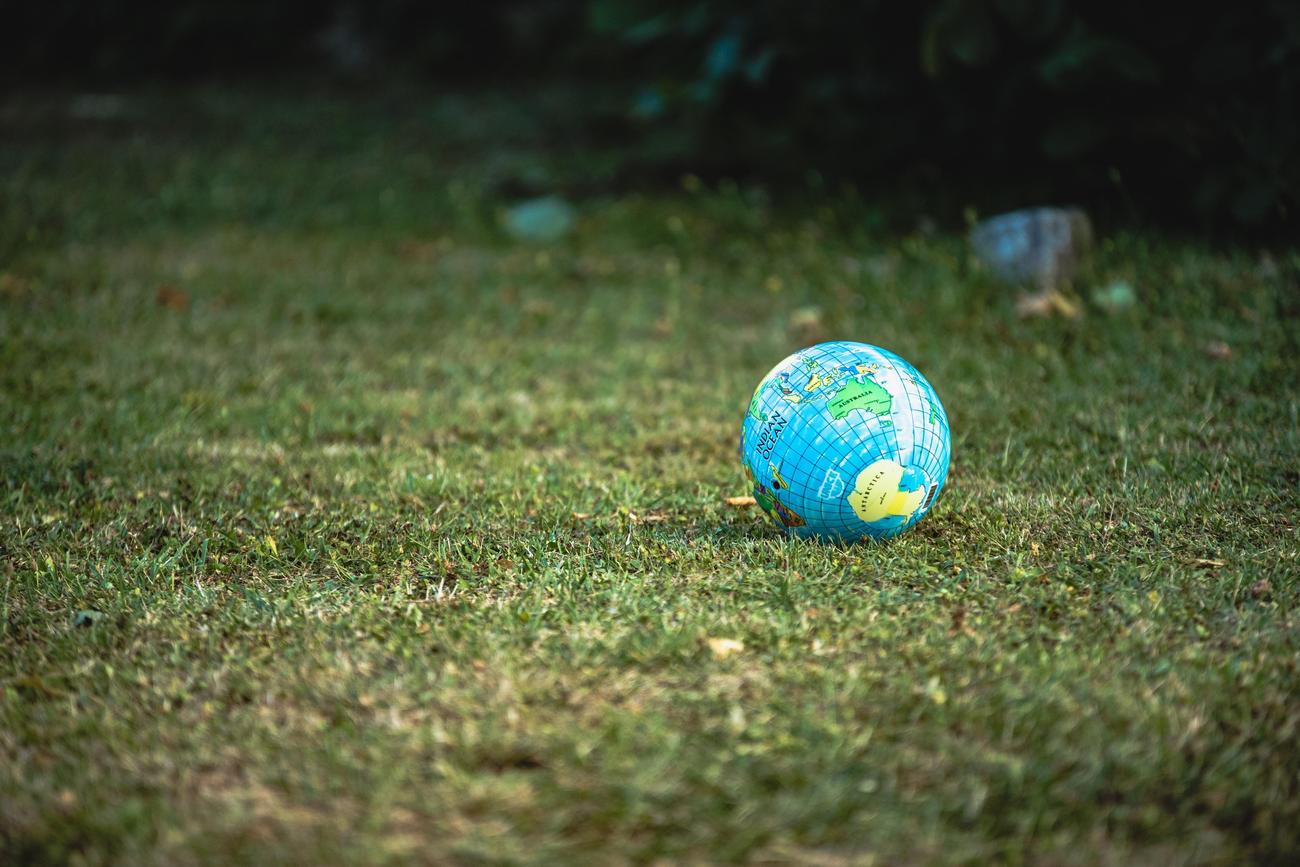In a world grappling with pressing environmental challenges, the need for a sustainable future has never been more paramount. As we stand at the crossroads of potential devastation and transformation, it is essential to recognize the power and potential within each one of us to shape a greener and more prosperous world. This article delves into the concept of a sustainable future – a vision that encompasses everything from renewable energy sources to conservation strategies – and explores the ways in which we can empower change and embrace a future that is not only sustainable but also promising for generations to come.

Embracing a Sustainable Future
In a time when the urgency to address environmental challenges has never been greater, embracing a sustainable future is not just a choice but a necessity. The world is at a crossroads, with the decisions we make today impacting the well-being of future generations. It is up to us to navigate this critical juncture and define the path towards a greener and more sustainable world.
Understanding the Path to Sustainability
To truly embrace a sustainable future, we must first understand what sustainability means. It encompasses a delicate balance between the environment, society, and the economy. Sustainable development seeks to meet the needs of the present without compromising the ability of future generations to meet their own needs. It is a holistic approach that takes into account the interconnectedness of human well-being and the health of our planet.
The Role of Sustainable Development Goals
To guide our journey towards sustainability, the United Nations has laid out a blueprint for action through the Sustainable Development Goals (SDGs). These 17 goals cover a wide range of challenges, including poverty, hunger, health, education, gender equality, climate action, and more. By addressing these goals, we can pave the way for a sustainable future where people and the planet thrive.
Harnessing the Power of Collaboration
Achieving a sustainable future requires a collective effort. No single individual, community, or nation can do it alone. Global collaboration is key. The World Economic Forum emphasizes the importance of bringing together diverse stakeholders, including young leaders, to work towards common goals. By pooling our resources, sharing knowledge, and supporting each other, we can create a powerful force for change.
Business as Usual vs. a Sustainable Path
When contemplating a sustainable future, it is crucial to recognize the difference between business-as-usual practices and sustainable alternatives. The Nature Conservancy highlights this contrast in its assessment. Business-as-usual often perpetuates harmful practices that degrade natural resources and exacerbate social inequalities. Conversely, a sustainable path embraces innovation, conservation, and responsible decision-making to create a world where both people and nature thrive.
The Power of Individual Action
While global collaboration is essential, we must remember that change starts at an individual level. Each of us has the power to make a difference. By making conscious choices in our daily lives, such as reducing our carbon footprint, supporting sustainable businesses, and advocating for environmental policies, we can contribute to the collective effort towards a sustainable future. Small actions can have a ripple effect, inspiring others to follow suit.
Innovations for a Greener World
To pave the way for a sustainable future, we must embrace innovation. From renewable energy sources to sustainable transportation solutions, countless innovations are reshaping our world. Bio-architecture, for example, explores designs inspired by nature, creating buildings that are not only aesthetically pleasing but also energy-efficient and environmentally friendly. These innovations offer hope and inspiration, demonstrating that a sustainable future is within our reach.
The Call for Responsibility and Collaboration
As we work towards a sustainable future, it is important to remember that responsibility lies not only with governments and organizations but with each and every one of us. WWF emphasizes the importance of decision-making and collaboration in securing a sustainable future. By holding our leaders accountable, demanding sustainable practices, and actively participating in the decision-making process, we can shape a future that prioritizes the well-being of both people and the planet.
Conclusion
Embracing a sustainable future is a paramount task that requires passion, dedication, and collaboration. By understanding the interconnectedness of our actions, supporting the Sustainable Development Goals, harnessing the power of individual action, embracing innovation, and holding ourselves and others responsible, we can pave the way towards a greener world. So, let us come together, empower change, and create a sustainable future that we can be proud to leave for future generations.
“Our choices today shape the world of tomorrow. Let us choose wisely and embrace a sustainable future.”
Steel is an essential material in so many aspects of our lives. From skyscrapers to kitchen utensils, this strong and versatile alloy has countless uses. If you’re curious to learn more about the fascinating world of steel, you won’t want to miss our incredible collection of 100 Facts About Steel. Click here to discover all there is to know about this extraordinary material! 100 Facts About Steel
FAQ
Q: What is the goal of Sustainable Futures journal?
A: The goal of Sustainable Futures journal is to provide an advanced platform for studies related to sustainability and sustainable development in society, economics, environment, and more.
Q: What is the impact factor of Sustainable Futures journal?
A: The Sustainable Futures journal has an Impact Factor of 5.5, indicating its significance and influence in the field of sustainability research.
Q: What topics does Sustainable Futures journal cover?
A: Sustainable Futures journal covers various topics, including sustainable transportation mode selection, integrating sustainability aspects into risk assessment, bio-architecture, and more.
Q: What are the United Nations’ Sustainable Development Goals (SDGs)?
A: The United Nations’ Sustainable Development Goals (SDGs) are a set of 17 goals adopted by all UN Member States in 2015 as part of the 2030 Agenda for Sustainable Development. These goals provide a blueprint for a sustainable future and address issues such as poverty, hunger, health, education, gender equality, and more.
Q: Why is global collaboration important for achieving a sustainable future?
A: Global collaboration is essential for achieving a sustainable future because sustainability challenges are not confined to one country or region. Issues like climate change and nature loss require joint efforts and cooperation from governments, organizations, and individuals worldwide. The World Economic Forum emphasizes the need for global collaboration and highlights the involvement of young leaders in this endeavor.
- Unlock Filipino Culture: A Deep Dive into Traditions and Practices - April 23, 2025
- Unlock Spanish Culture: Insights & Opportunities Now - April 23, 2025
- White Spirit Uses & Substitutes: A Deep Dive for Pros & DIYers - April 23, 2025
















